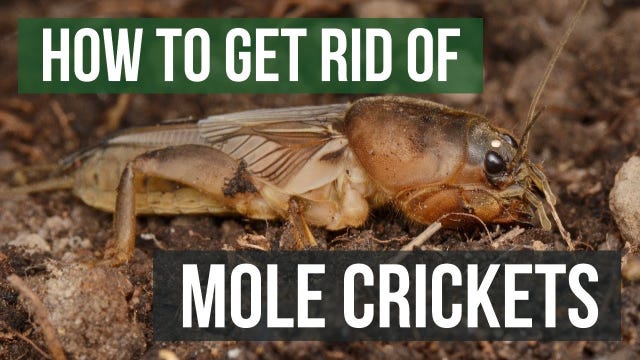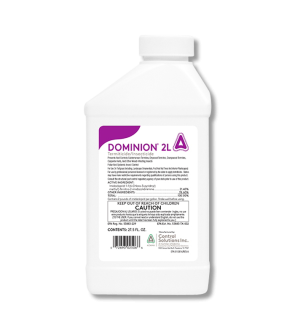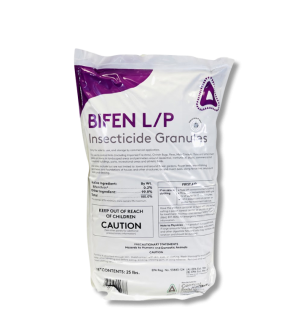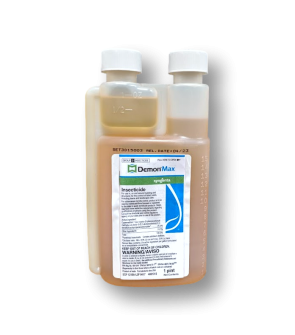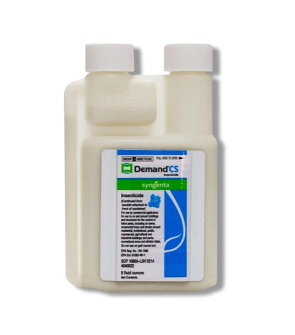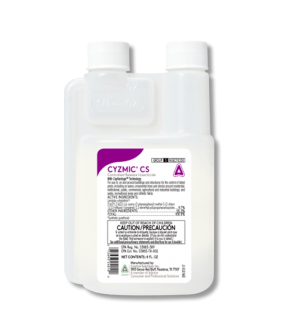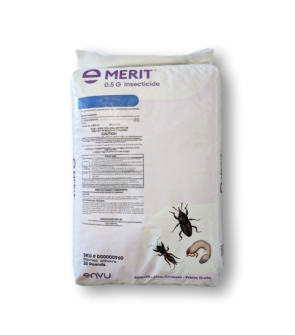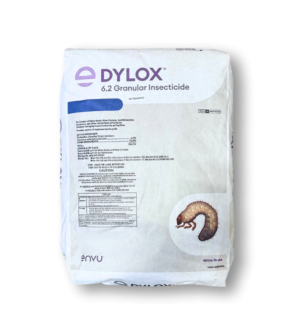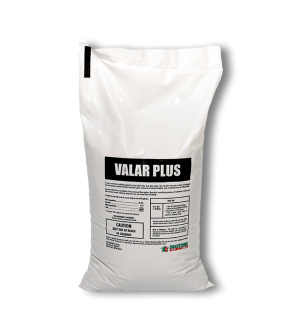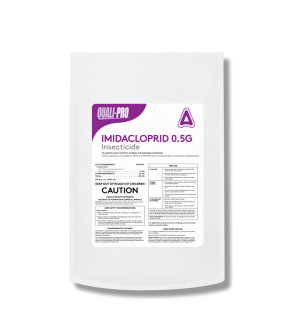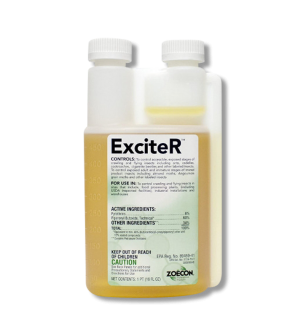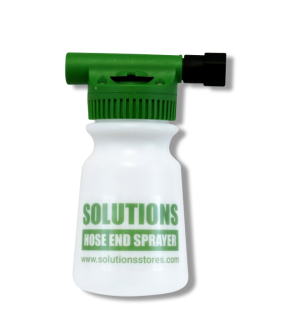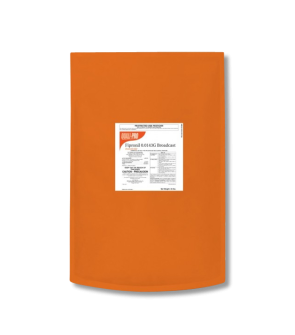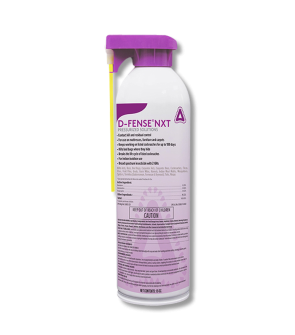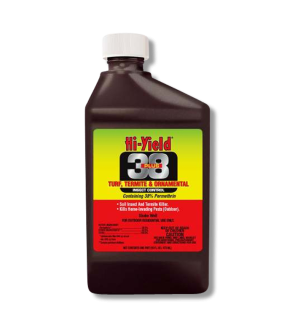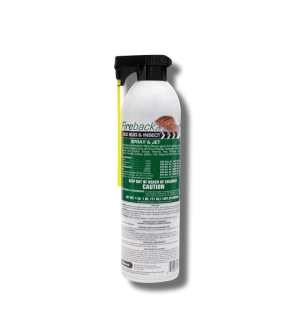Gain access to personalized product screening, the best pricing, rewards, and more!
Most Effective Products
Mole Cricket Control: How To Get Rid of Mole Crickets
Mole crickets are lawn pests that belong to the same family as grasshoppers and crickets. As their name implies, they like to create tunnels under the lawn soil and damage grass and other plants. If left untreated long enough, they can become a destructive threat to the lawn.
Mole crickets are rarely seen because they live underground. However, in the Southeastern United States, they have been on the rise and have caused trouble on many lawns and gardens. Mole crickets enjoy a variety of grasses, such as bahiagrass, Bermudagrass, St. Augustinegrass, centipedegrass, and zoysia. However, they cause most of their damage by burrowing through the soil. They tunnel through the top 1 to 2 inches of soil, loosening it and uprooting the grass plants, which then dry out.
If you are frustrated by mole crickets in your yard, our DIY mole cricket treatment guide will show you how to get rid of them for good. Use the recommended products in our cart and follow our step-by-step directions below, and you'll be guaranteed to wipe out the mole cricket population quickly and affordably.
Identification

Before you can complete a treatment program, you need to know what mole crickets look like and properly identify whether they are the pests you encounter. Careless identification can lead to using the wrong treatment methods, costing you time and money.
- Mole crickets are distinguished by their brownish-gray crustacean-like shiny bodies and wide front legs, which are shaped like spades. Their legs are perfect for digging.
- Adult mole crickets have wings and are about 1.25 to 1.5 inches long. Nymph mole crickets are similar-looking but smaller and do not have wings.
- There are four main species of mole crickets found in the Southeastern United States: the tawny, southern, northern, and short-winged mole crickets.
- No matter the type, most mole crickets have the same traits as a cricket, so they are named as such. However, they are not true crickets; they merely share relative traits like the chirping noise crickets are known for and their back legs.
Use the description and image above to identify mole crickets in your yard. If you are having trouble with identification, contact us. We will help you properly identify the pest and offer recommendations of the top products to eliminate your problem.
Inspection

Once you have confirmed that you are dealing with a mole cricket problem, you can proceed with an inspection. During this phase, you will pinpoint the areas where mole crickets are and observe the conducive conditions that are attracting them to your yard. This will help you determine where to focus your insecticide applications.
When to Inspect
Late spring or early summer is a good time to check for mole crickets, as these are the times when they are the most active. Mole crickets commonly develop only one generation a year. Adult mole crickets fly, mate, and lay eggs in the spring. Egg-laying ordinarily happens in areas with adequate soil moisture to guarantee the eggs have the best chance of surviving. Once hatched, the mole cricket offspring start to seek out nourishment. This is done mainly in the early part of summer.
What to Look For
Check your lawn for any patches of damaged or dead grass. Since mole crickets live underground and like to make tunnels, you should watch for dead or browned grass. You can monitor for mole crickets by using a 2 percent soap solution that can be used as a flushing agent. Pour a gallon of this per square yard and observe the area closely for 3 to 5 minutes. You will find eggs, nymphs, and possibly even adult mole crickets if you have a sizable mole cricket infestation.
Treatment
Wear protective equipment when handling pesticides. We recommend Dominion 2L and Valar Plus Bifenthrin Granules because they have a broad spectrum label, a residual effect of up to 90 days, and no harm to plants.
You will broadcast Valar Plus Bifenthrin Granules on the application site and then follow up with Dominion 2L to water in and activate the Valar Plus Bifenthrin Granules, forming a lethal combination to the mole crickets.
Step 1: Apply Valar Plus Bifenthrin Granules To Lawn

Valar Plus Bifenthrin Granules is a granular insecticide that treats many lawn insects, including mole crickets. This product has a residual effect lasting up to 3 months and can be broadcast over your entire yard. You will want to perform the application between late spring and early fall, when mole cricket eggs typically hatch.
Start by determining how much Valar Plus Bifenthrin Granules you will need for treatment by calculating the square footage of the treatment area. To do this, measure and multiply the area length times the width (length x width = square footage).
The typical application rate is 2.3 to 4.6 pounds of Valar Plus Bifenthrin Granules per 1,000 square feet of lawn.
To broadcast the Valar Plus Bifenthrin Granules, load your spreader with the proper amount of Valar Plus Bifenthrin Granules based on your square footage measured and broadcast the granules uniformly over the target area. You will need to perform pass-throughs to get even coverage. The first time, broadcast half the granules in parallel lines once across the target area and then make a second walkthrough at an even pace at a perpendicular angle.
Once the Valar Plus Bifenthrin Granules have been evenly applied, water them into the turf with Dominion 2L.
Step 2: Apply Dominion 2L
Dominion 2L is a systemic insecticide that is absorbed into the grass. When mole crickets feast on grass blades, they ingest the Dominion 2L and die out. Dominion 2L activates the Valar Plus Bifenthrin Granules and controls mole crickets and other common lawn insects for up to 30 days.
To kill mole crickets, apply at a rate of 0.6 fl. oz. in a gallon of water to treat 1,000 sq. ft.
We recommend using a 20-gallon hose-end sprayer for large lawn applications to ensure sufficient product covers the entire area. Remove the reservoir and add the proper amount of Dominion 2L and water. Ensure the sprayer's control valve and water pump are off, and then attach the hose-end sprayer nozzle to the hose.
To ensure you have enough water to treat the entire area, use 2 or more gallons per 1,000 sq. ft. for the product to reach the roots. The Dominion 2L will mix with the water to make an even emulsion. Reattach the reservoir to the nozzle and turn the water on the hose to begin spraying.
Evenly distribute the Dominion 2L mixture over your treatment area, keeping track of the product left in the reservoir. Apply on calm days when wind speeds are low to minimize drift.
Timing your application is crucial; it cannot be stressed enough to spray early but not too early. Treatment that is done too early may result in the residual effect of the insecticide wearing off before all the mole cricket eggs hatch. Spraying too late will result in larger mole crickets not being affected by the insecticide because of their more profound penetration into the soil.
It's important to note that Dominion 2L is toxic to bees, so you should be careful and only apply it when bees are not actively foraging.
Prevention
After eliminating the mole cricket problem, prevent their return by following the preventative procedures listed below:
- Monitor your lawn regularly and apply the Dominion 2L and Valar Plus Bifenthrin Granules as a preventative barrier to keep mole crickets away.
- If the soil is dry, steps should be taken to improve its moisture. Rake and dethatch your lawn regularly for aeration, fertilize properly and mow your lawn at a taller height (3 to 4 inches) to promote root growth.
- We also highly recommend watering your lawn 1 to 2 inches before applying the insecticidal products, starting several days before you plan to treat, especially if there has been a drought. Additionally, overwatering your turf after treatment can lessen the effect of your chemicals. Light watering is usually enough to water the control products.
Key Takeaways
What are Mole Crickets?
- Mole crickets are unique insects that thrive in their underground conditions. The complex and extensive tunnels they run and their aggressive conduct make mole crickets very destructive.
How to Kill and Control Mole Crickets
- Our top recommendation for mole cricket control is a combination of Dominion 2L and Valar Plus Bifenthrin Granules. These same products should also be used preventatively during peak times of mole cricket activity in the spring and summer.
Preventing Mole Cricket Reinfestation
- Prevent mole cricket reinfestation by applying Dominion 2L and Valar Plus Bifenthrin Granules quarterly for continued protection. To keep your lawn strong and healthy, you should also perform regular mowing, dethatching, and fertilization.






